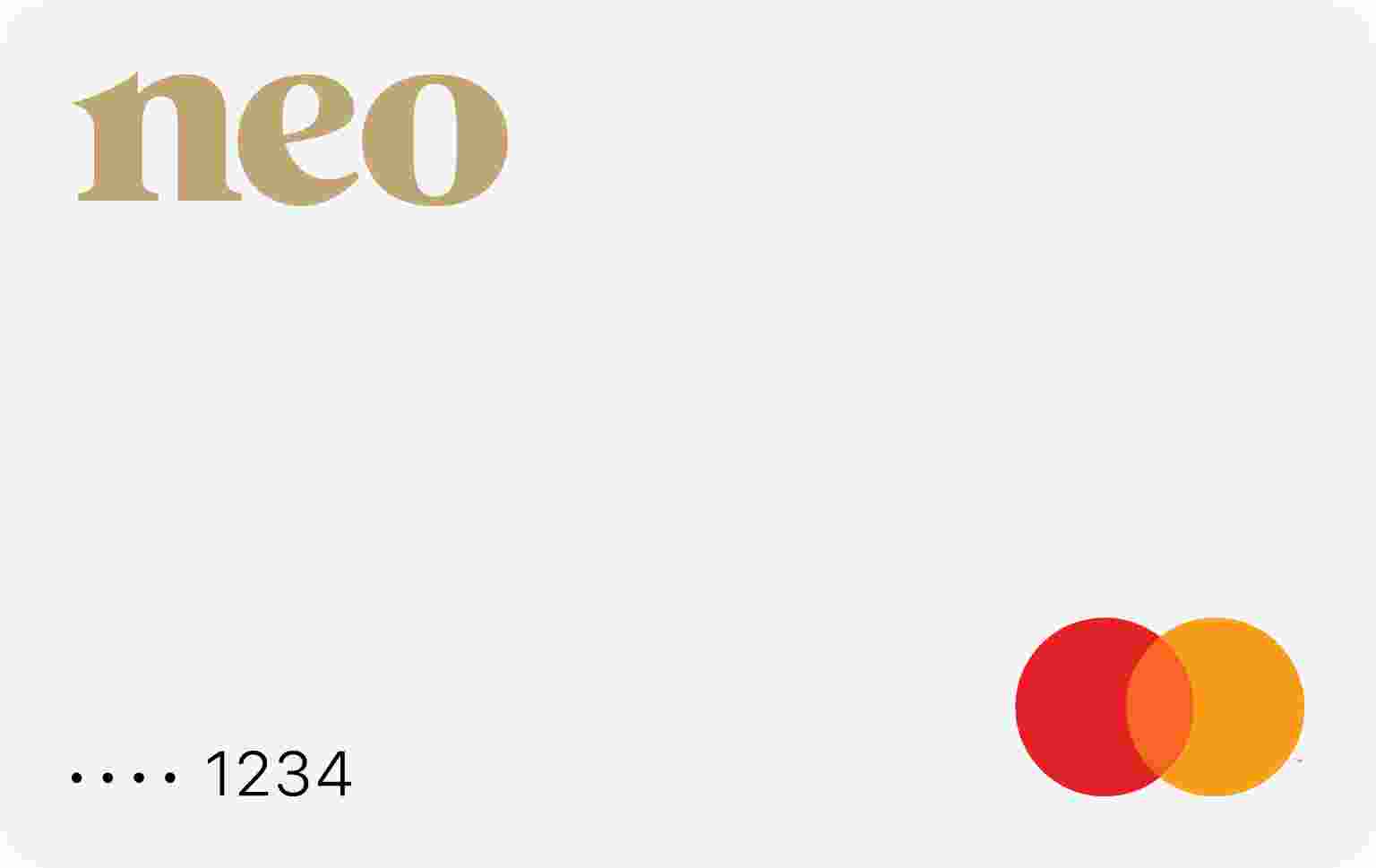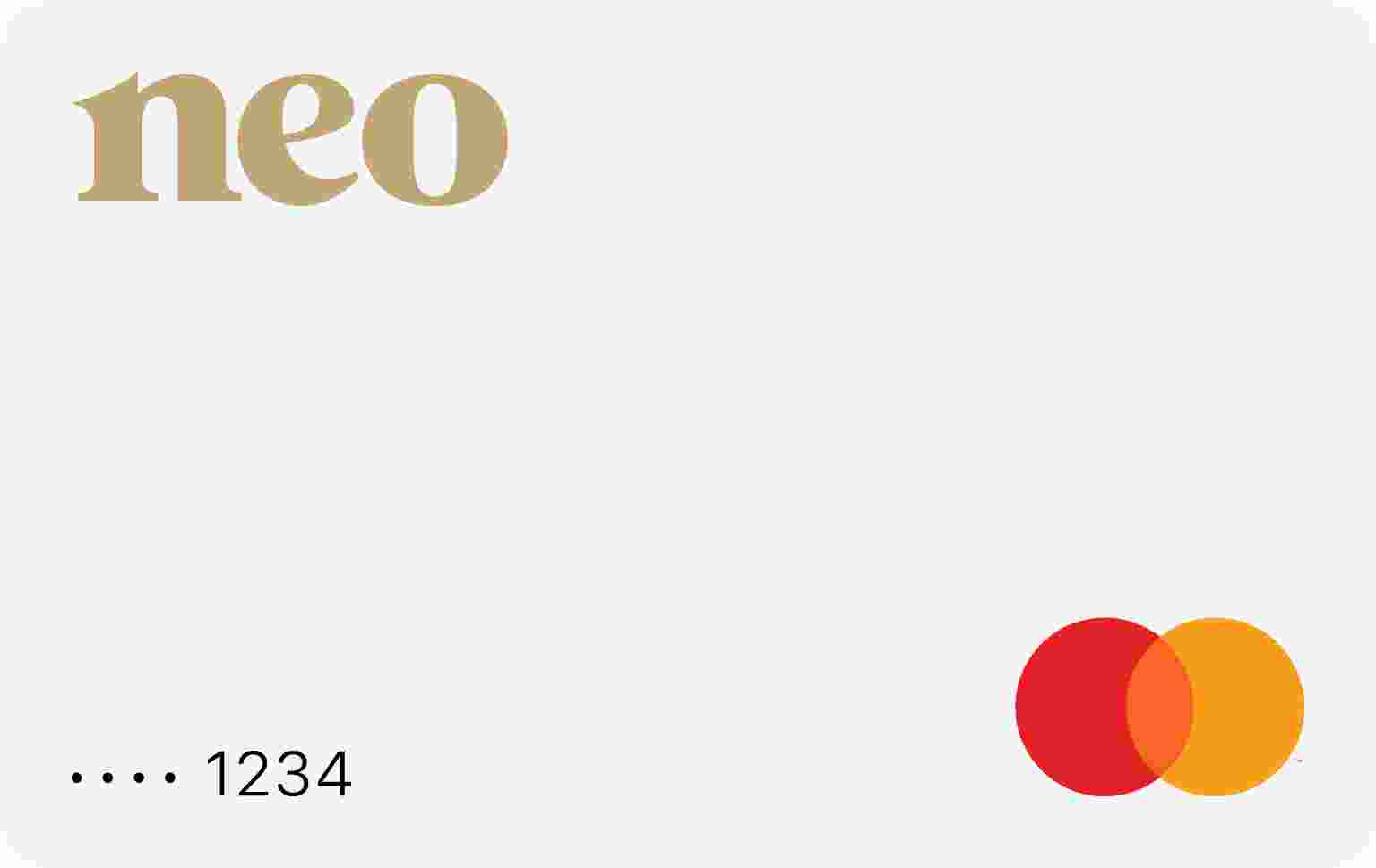The average savings by age in Canada helps determine how much people need to save at their current age. Although it should be the best approach toward financial stability, it is not the ultimate way to create savings in the long run.
Most people still wonder whether or not they are doing well in their goal of having a good financial condition. According to the information produced by Statistics Canada, anyone can analyze and review the data to answer the most important question about the country’s economy.
Knowing about the average savings of a Canadian will help you understand bigger trends at play. It can help you manage your finances.
Does knowing the average savings of people in Canada help?
People tend to compare themselves with others in almost every aspect of life. When it comes to financial conditions and earning capabilities, however, most people either get insecure or jealous. Keep in mind that knowing the average savings of others can help in the long run. Here are some reasons why you should do that.
-
1. It helps a lot when you are re-evaluating your current financial condition.
-
2. It guides you to set up appropriate budgets and targets to meet your goals.
-
3. It keeps your expenses in check while motivating you to increase your income.
-
4. It helps you make informed career decisions to improve your finances.
-
5. It motivates you and helps you make important investment decisions.
What is the average annual savings of a Canadian?
According to a report from Statistics Canada in 2018, the average net savings of a Canadian household is around $852. However, the topmost 20% of earners save around $41,393 per household. It means households that belong to the bottom 20% tend to spend around $27,935 more than what they have earned annually.
This means people have to draw on their savings to compensate for their consumption, otherwise, they incur debt. Finder, a rate comparison website, found that Canadians saved about five times more of their income in 2020 than in 2019. However, one possible reason could be the aftermath of COVID-19 and government policies to combat the situation.
Reports show that the average Canadian household saved around $5816 in 2020 compared to $1144 in 2019. Despite that, average Canadians save at a low rate. Besides, the impressive result in 2020 won’t last long. It is projected that this amount will fall in the following years.
The savings rate of Canadian households fluctuated during the COVID-19 pandemic, according to Statista. As of Q2 2020, the average savings of Canadian households were 28.2%. In the last quarter of 2020, Canadian people saved around 11.5% of their disposable income.
Canadians indeed spend a lot. There is enough proof showing that Canadians save very little. With the high cost of living, mortgages, and daily expenses, Canadians have a number of things to spend on.
So, let’s take a close look at how much a Canadian can save each year. We can exclude the year 2020 when there was a steep rise in savings.
According to Jobillico, the average Canadian’s full-time salary for 2021 was $65,773. Because the salary trend is healthy, most Canadian workers are earning more compared to what they earned the previous year.
Let’s also assume that the saving rate returns are anywhere between 1.9% and 3.6%. Therefore, you can expect the average Canadian to save between $1249 and $2367. It is the amount left after paying for necessary bills, loans, or an occasional vacation.
How much have people saved on average?
Regardless of how young you are, saving for your retirement is a big deal. Even if you start early, it will take a lifetime of commitment to accumulating enough savings for a nice retirement. Age is indeed a factor that influences people when it comes to saving.
According to a survey, a majority of Canadian earners under 35 saved only a fraction of their income. Canadians who are 65 years and above have a net dissaving average of around $17,129 in 2018.
Below is a list illustrating how much a Canadian household has saved by age, on average. It also shows whether the savings are in a TFSA (tax-free savings account), RRSP (registered retirement savings plan), or other non-registered accounts.

According to the data above, there is a discrepancy between age groups. One reason is that older Canadians built their retirement funds over a long period. In short, people in the age group between 55 and 64 have more wealth compared to other Canadians.
Another survey by CIBC shows that, on average, most Canadian seniors tend to save about $345,000. Other Canadians, however, have little to no savings that they can call a retirement fund.

How can you increase your savings for retirement?
While saving for retirement is a challenge, there are things you can do to make the task easier. Let’s discuss them in detail.
Consider your financial status.
Typically, the amount that you saved today will determine whether you have a smooth retirement or not.
First, find out your net worth. Suppose you have a little amount of savings but have paid off mortgages and own a home. Your net worth will then be higher compared to another person with sizeable savings and very little or no equity in their property.
If you have credit card debt or other kinds of consumer debts, it is wise to pay off the balance first and then start putting money into savings.
Take advantage of RRSP accounts.
The best part of having a conventional full-time job is that most companies have an RRSP for their employees. Many of them are employer-matched. In this type of retirement scheme, the company contributes the same amount or a specific percentage of your contribution towards the account.
Hence, if you work for a company that supports RRSP contributions, you can save small amounts from your paycheck. That way, it helps you build your retirement fund quickly and effectively. In short, an employer-matched RRSP is one of the easiest ways to create retirement savings.
Invest your money in high-interest savings accounts.
If you want your funds to grow faster compared to an ordinary savings account, get a high-interest savings account (HISA). It can help you on your journey towards building a retirement fund.
For instance, the annual yield of a standard savings account is around 0.06%. An amount of $4000 invested in HISA with a competitive rate of about 2% can yield $80 at the end of a year. You can avail of HISA at credit unions and online banks. Some of the good options include Saven Financial HISA, which gives you about 1.55%, and EQ Bank Savings Plus account, which offers you 1.2%.
Try a tax-free savings account.
The beauty of a tax-free savings account (TFSA) is that you can deposit funds and watch your money grow over a stipulated amount of time. It is different from other kinds of investment options that are often restrictive, and there is no limitation on when you need to withdraw money. There are also no penalties for withdrawing money.
However, the government limits the amount that you can contribute each year. There is also a maximum amount that changes annually. So, when you withdraw money from the account, it is added to your contribution for the following year.
Just get started anyhow.
Keep in mind that some amount of savings is always better than no savings at all. Even if you are putting away $20 per month for your retirement, it could be massive when the time comes.
In short, you are doing everything possible to make your future safe. Don’t let the fear that you can’t save enough for the future take control and disrupt your goal to save for your retirement.
Why do Canadians have trouble saving?
One of the biggest reasons that Canadian people save less compared to others worldwide is because of debt. In general, most Canadians spend a major part of their earnings to pay off debt. As a result, they are left with less to set aside for retirement.
Apart from that, the cost of living in Canada has spiked whereas wages have stagnated. Hence, after a person pays for mortgage or rent, groceries, gas, and other essential services such as daycare, among others, they are left with almost nothing to put aside for a rainy day.
Conclusion
The golden rule is that whatever amount you can save, you must save without hesitation. The small amount you are saving now might appear inconsequential but it will grow in the long run.
Therefore, make the deposit anyway, even if you think it’s too small. You can take advantage of different types of savings accounts that yield good returns. That way, you can accumulate more savings quicker than expected.






